Most of us know that it keeps your mouth happy and your dental hygienist even happier. But besides that, how much do you really know about flossing? Why is it so important?
Flossing your teeth isn’t so much about removing last night’s dinner from your teeth but more about keeping your gums and teeth strong, looking great and bacteria free.
We’ve broken down everything you need to know about flossing and just why doing so every single day is one of the best things you can do for your oral health.
I brush my teeth, do I really need to floss too?

Flossing picks up where your toothbrush leaves off. Brushing your teeth only cleans about 60% of the plaque and tartar that builds up daily in your mouth and on your teeth. Flossing takes care of the other 40% as it reaches places where toothbrush bristles just cannot go.
Another way to think about it is this: each one of your teeth has five surfaces — the front, the back, the chewing surface, and two sides. Brushing alone only cleans three of these surfaces, leaving two of them completely untouched and able to build up more and more plaque and tartar. This buildup quickly affects how white your smile looks, and creates a place for bacteria to breed. Flossing is the only way to properly clean in between the teeth and to make sure that you have properly cleaned all surfaces of each tooth.
What is plaque? What about tartar?
Plaque is the soft, sticky substance that builds up on and in between your teeth that you remove when you brush and floss. When you run your tongue over your teeth and it doesn’t feel smooth, it is likely because there is plaque built up on the tooth’s surface.
Plaque contains millions of bacteria that create acid from the sugars in your food. This acid essentially eats away at your tooth’s enamel and, if not removed, can create cavities.
Tartar is what plaque hardens into when it is not removed. Tartar, plaque, and the bacteria that accompanies them tend to build up at the gum line and irritate and even severely damage the gums.
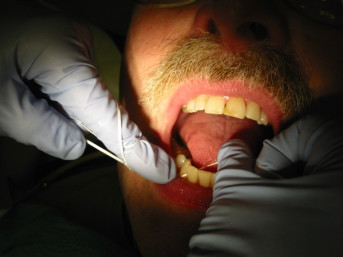
How quickly does plaque form?
Plaque begins to form soon after it is removed, which is why it builds up so quickly. Plaque is a natural process and it releases destructive acids when it comes into contact with the foods we eat on a daily basis. Because this is something that is unavoidable, the easiest way to combat plaque is to remove it daily before it becomes a larger issue.
Flossing and teeth whitening
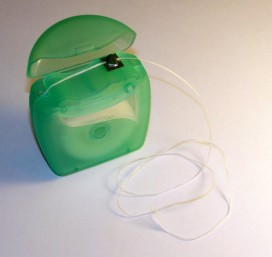
Plaque and tartar that has built up between teeth can make your smile seem more yellowed and much less brilliant. Unfortunately, choosing not to floss and instead chemically whiten your smile may not give you the results you were hoping for. This is because whitening chemicals work best on teeth that are plaque-free since the plaque acts as a kind of barrier between the whitening agents and the enamel. Flossing gets rid of the plaque between the teeth and allows for the whitening chemicals to access all surfaces of your teeth.
What happens to my gums when I don’t floss?
Flossing helps to gets rid of the tartar, plaque, and bacteria that builds up at the gum line and in between teeth. But when tartar and plaque is not removed it can result in serious health issues.
When left untreated, tartar and plaque irritate the gums and cause them to become red and inflamed, sometimes leading to bleeding during or after brushing. This is called gingivitis and is an early stage of gum disease. Fortunately, gingivitis is reversible when treated with excellent oral health habits, such as properly flossing each day, and with professional dental consultation.
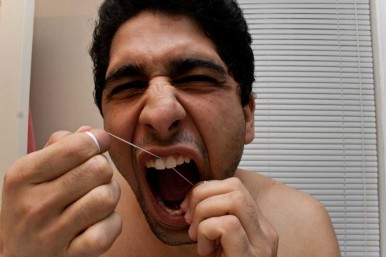
However, if gingivitis is not treated in time it can lead to gum disease and the very serious consequences that come with it.
The realities of gum disease
Gum disease is what happens when gingivitis is left untreated and it can have detrimental effects on your oral health. Essentially, gum disease is when the bacteria that lives in built up plaque and tartar in your mouth attacks the gum tissues and the bones that hold your teeth in place, and breaks them down. The gums will recede and the oral bone structure can weaken and even lead to the loss of teeth.
Unfortunately at this stage, little can be done to combat gum disease besides improving your oral hygiene, and consequences such as bone and teeth loss cannot be reversed. The best method to use in fighting against gum disease is prevention. Flossing and brushing to remove plaque before it builds up is the simplest thing to do in protecting your oral health for the future.
If flossing is difficult for you…
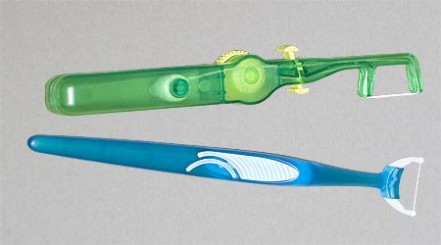
If handling floss is somewhat of a challenge, try using a different tool. There are many variations of pick style flossers that feature handles and are much easier to work with than a single piece of floss. These tools are pre-threaded with floss, hassle-free, and can be found almost anywhere you can buy toothpaste. Always read the instructions when using a new tool and, if you are still unsure about how to properly handle them, consult your dentist.
Happy flossing!

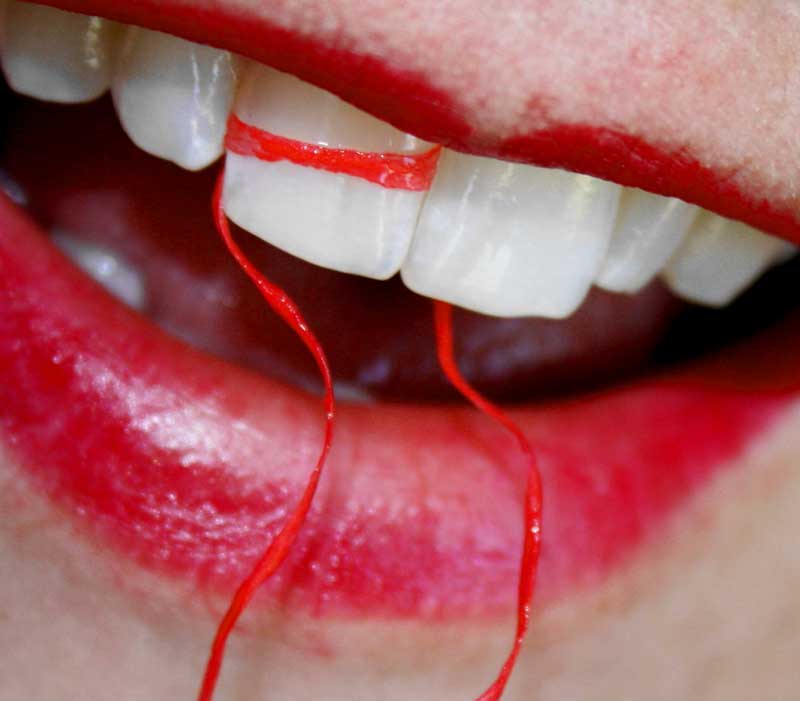

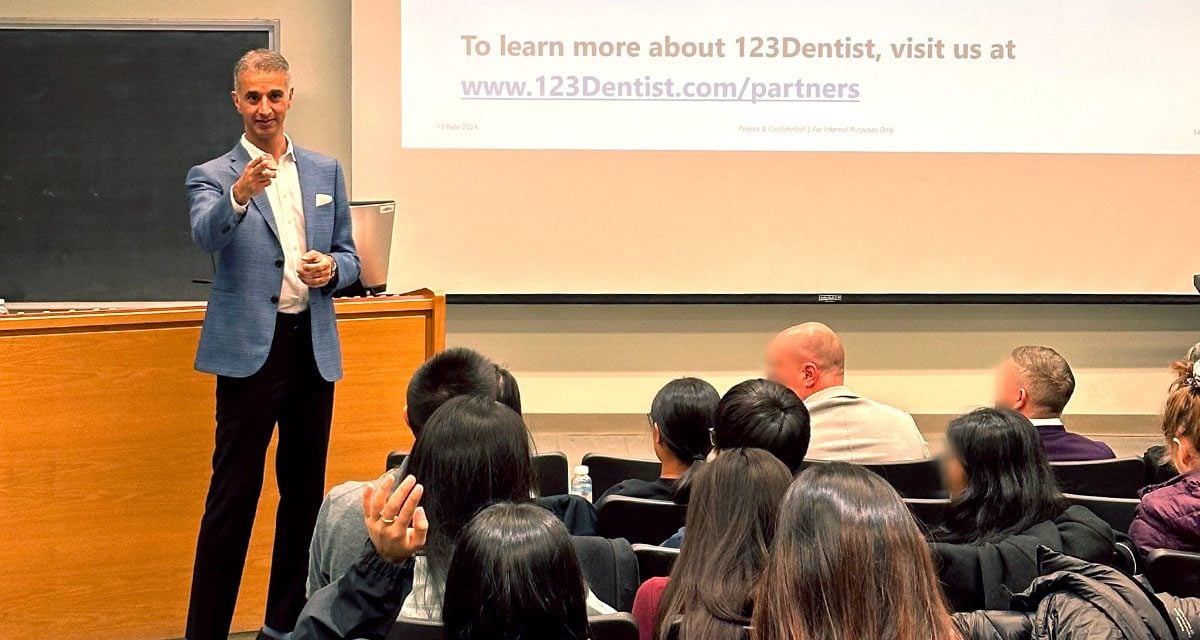

 December is finally here, and if you’re not already hyped about the holidays, you’re about to […]
December is finally here, and if you’re not already hyped about the holidays, you’re about to […]
